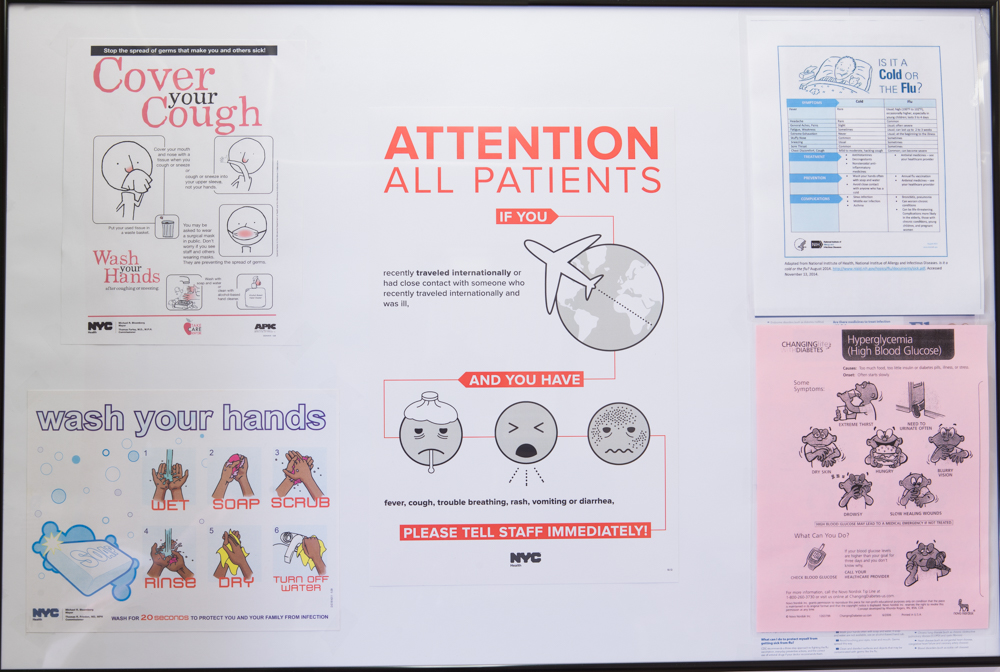How Germs Spread
Illnesses like the flu (influenza) and colds are caused by viruses that infect the nose, throat, and lungs. The flu and colds usually spread from person to person when an infected person coughs or sneezes.
Take care to:
- Cover your mouth and nose when you sneeze or cough
- Clean your hands often (with soap and water for 15 to 20 seconds rubbing your hands vigorously together to dislodge and remove germs)
- Avoid touching your eyes, nose, or mouth
- Stay home when you are sick, get plenty of rest, and check with a health care provider when severe symptoms are present
- Practice other good health habits

Common symptoms of the flu include:
Fever (usually high)
Headache
Extreme tiredness
Cough
Sore throat
Runny or stuffy nose
Muscle aches
Nausea, vomiting and diarrhea
Get plenty of sleep, drink plenty of fluids and eat nutritious food.
For more information, contact Health Services at ext. 6375
Vaccines and Preventable Diseases
Meningococcal Vaccination: What Everyone Should Know
Key Facts
CDC recommends vaccination with a meningococcal conjugate vaccine for all preteens and teens at 11 to 12 years old, with a booster dose at 16 years old. Teens and young adults (16 through 23 year olds) also may be vaccinated with a serogroup B meningococcal vaccine.
Learn more about Meningococcal Vaccination Opens in a new window
Vaccine Information Statements (VISs)
Why get vaccinated?
Meningococcal disease is a serious illness caused by a type of bacteria called Neisseria meningitidis. It can lead to meningitis (infection of the lining of the brain and spinal cord) and infections of the blood. Meningococcal disease often occurs without warning – even among people who are otherwise healthy.
Meningococcal disease can spread from person to person through close contact (coughing or kissing) or lengthy contact, especially among people living in the same household.
There are at least 12 types of N. meningitidis, called “serogroups.” Serogroups A, B, C, W, and Y cause most meningococcal disease.
Anyone can get meningococcal disease but certain people are at increased risk, including:
- Infants younger than one year old
- Adolescents and young adults 16 through 23 years old
- People with certain medical conditions that affect the immune system
- Microbiologists who routinely work with isolates of N. meningitidis
- People at risk because of an outbreak in their community
Even when it is treated, meningococcal disease kills 10 to 15 infected people out of 100. And of those who survive, about 10 to 20 out of every 100 will suffer disabilities such as hearing loss, brain damage, kidney damage, amputations, nervous system problems, or severe scars from skin grafts.
Read the Vaccine Information Statements (VISs) Opens in a new window



